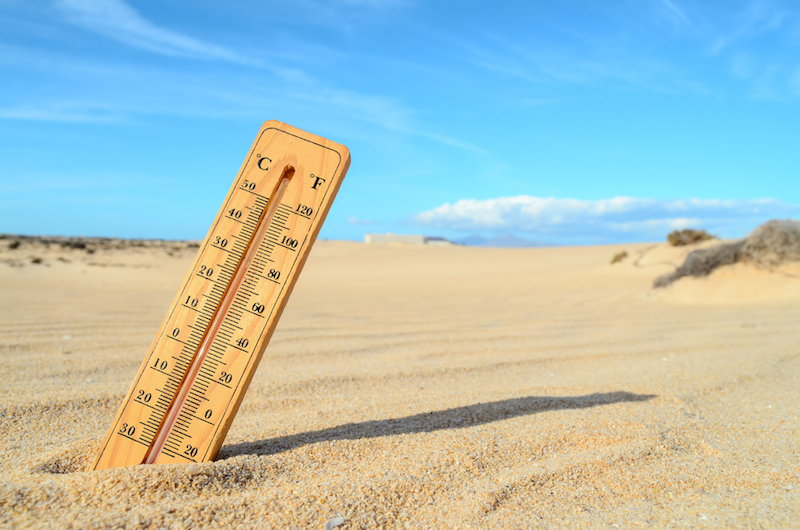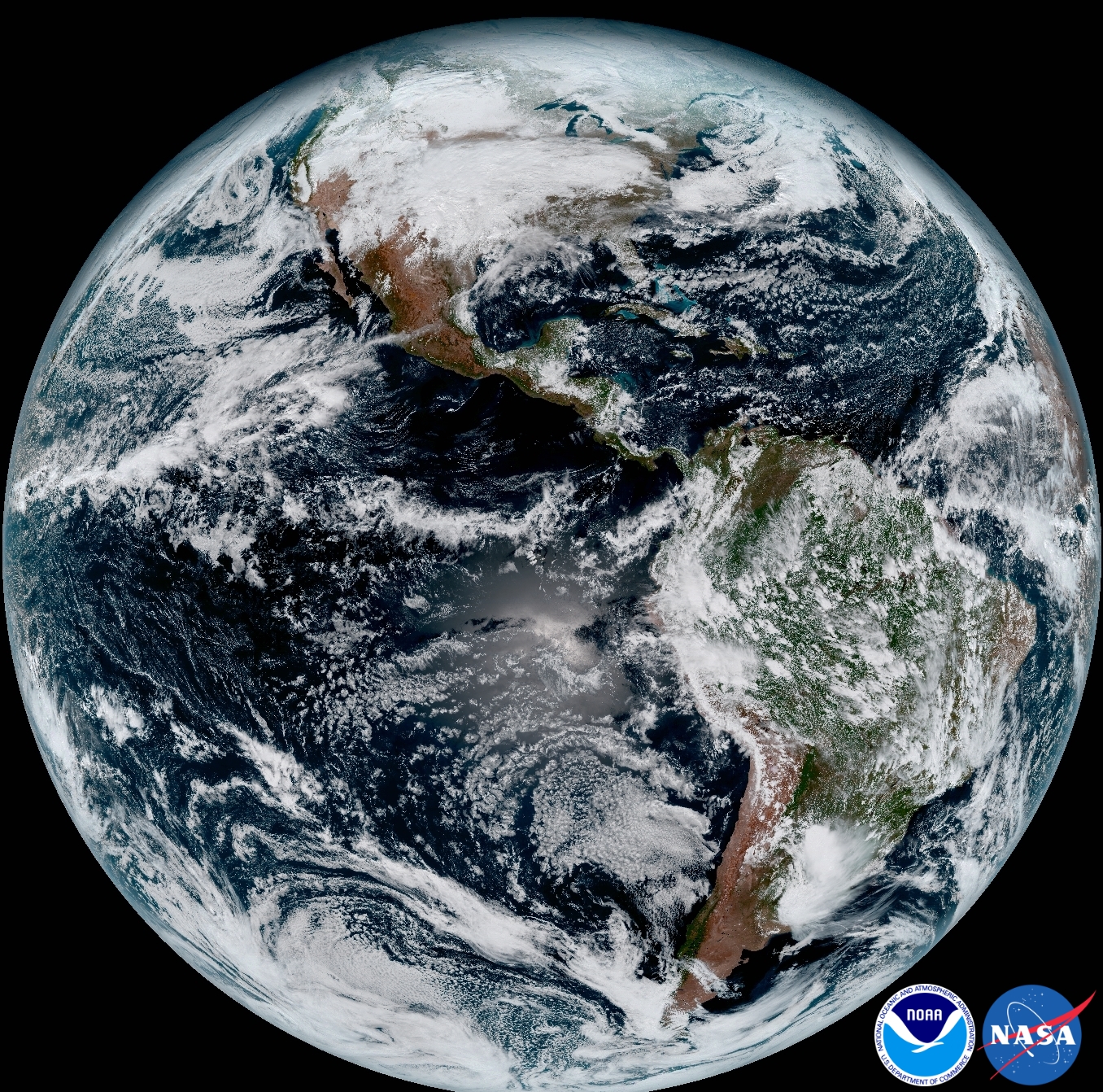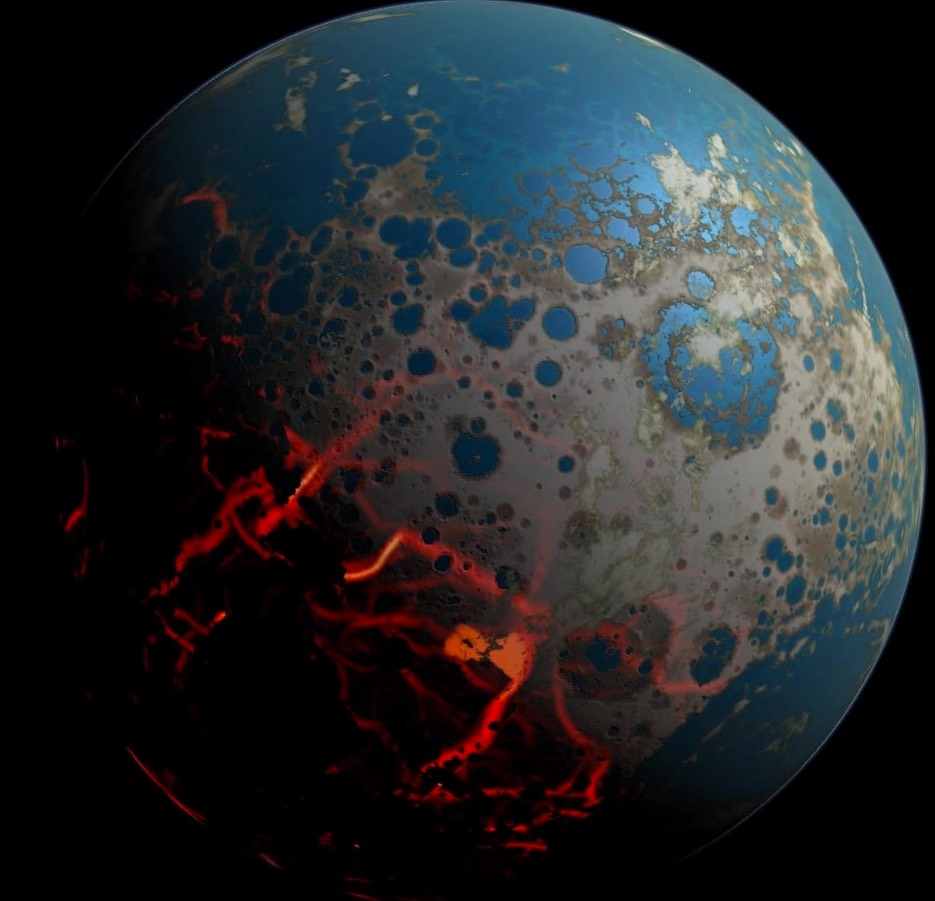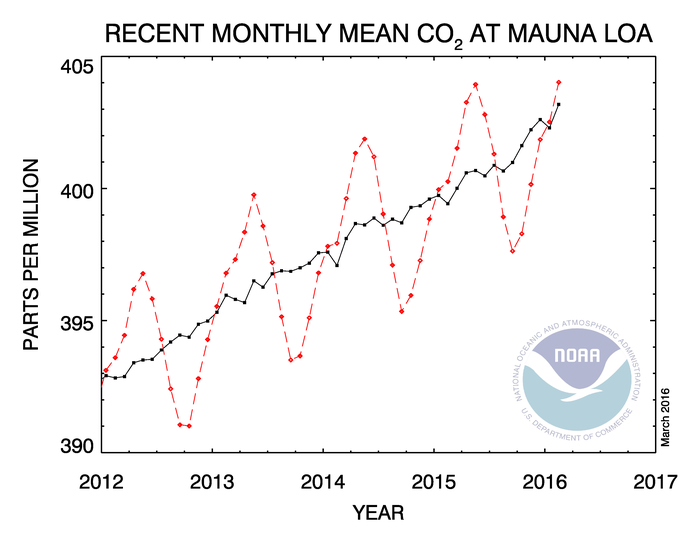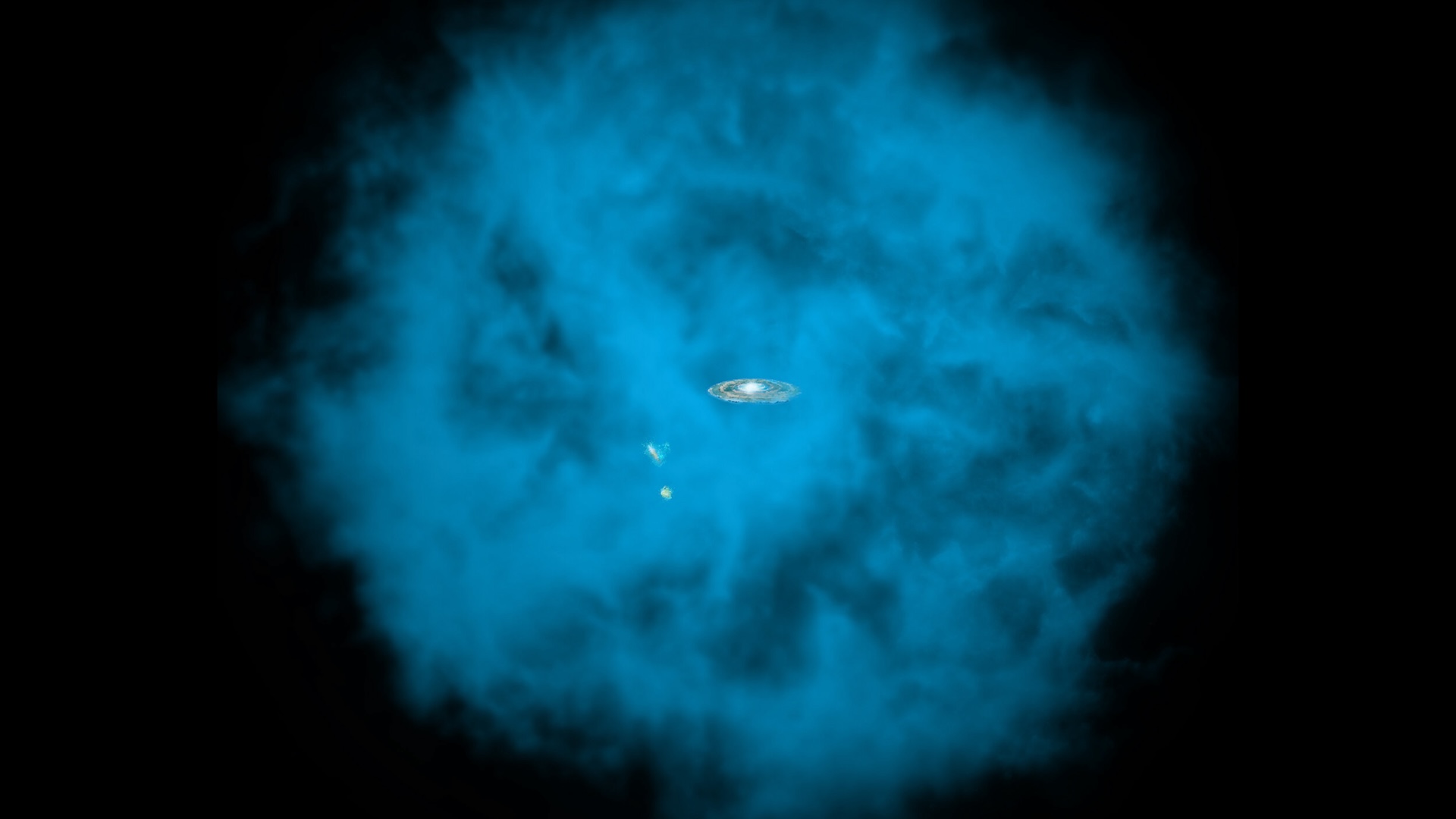Greenhouse
Latest about greenhouse

Climate Cities: Can Urban America Save Paris Agreement?
By Michael Dhar published
U.S. cities committed to the Paris climate accord after President Trump announced the country's exit. But how much can urban areas do?

Groundswell of Local Support to Meet US Goals in Paris Accord
By Brian Kahn published
America's Pledge is part of a growing effort by local governments to meet the U.S. Paris Agreement goals.

Trump Pulls Out of Paris Climate Deal: 5 Likely Effects
By Stephanie Pappas published
Withdrawing from the Paris deal could put at least 1.4 extra gigatons of carbon dioxide in the atmosphere each year by 2025.
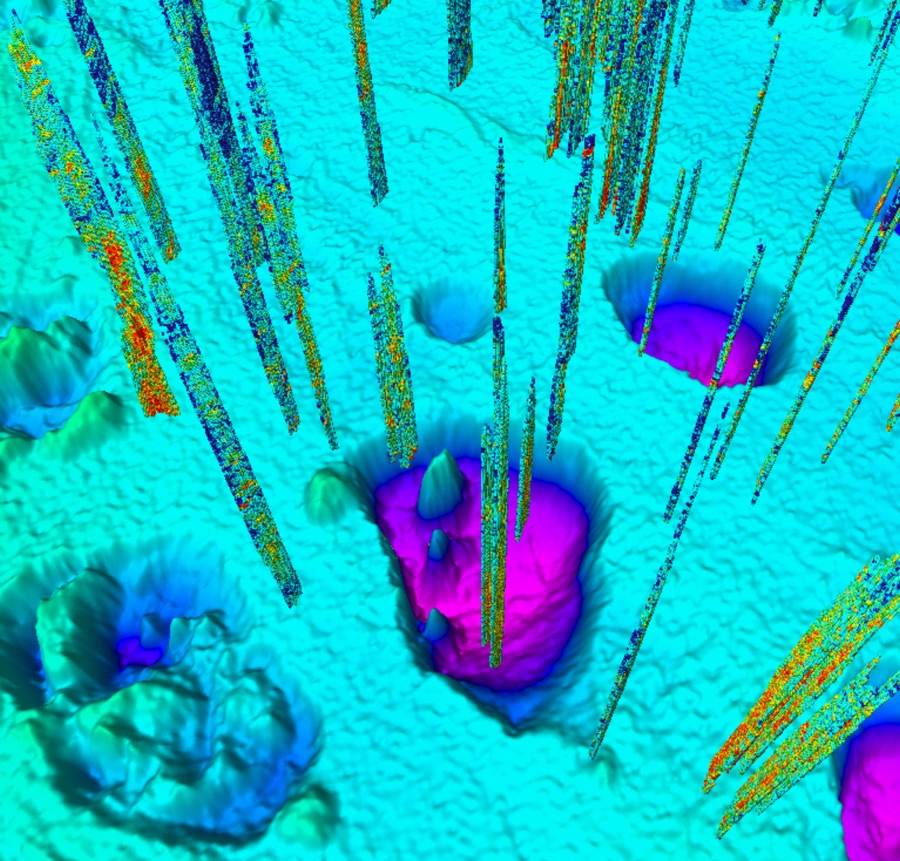
Huge Underwater Eruptions Blasted Craters into Arctic Seafloor
By Stephanie Pappas published
The Barents Sea near Svalbard is dotted with seafloor craters created about 11,600 years ago by methane hydrate eruptions.
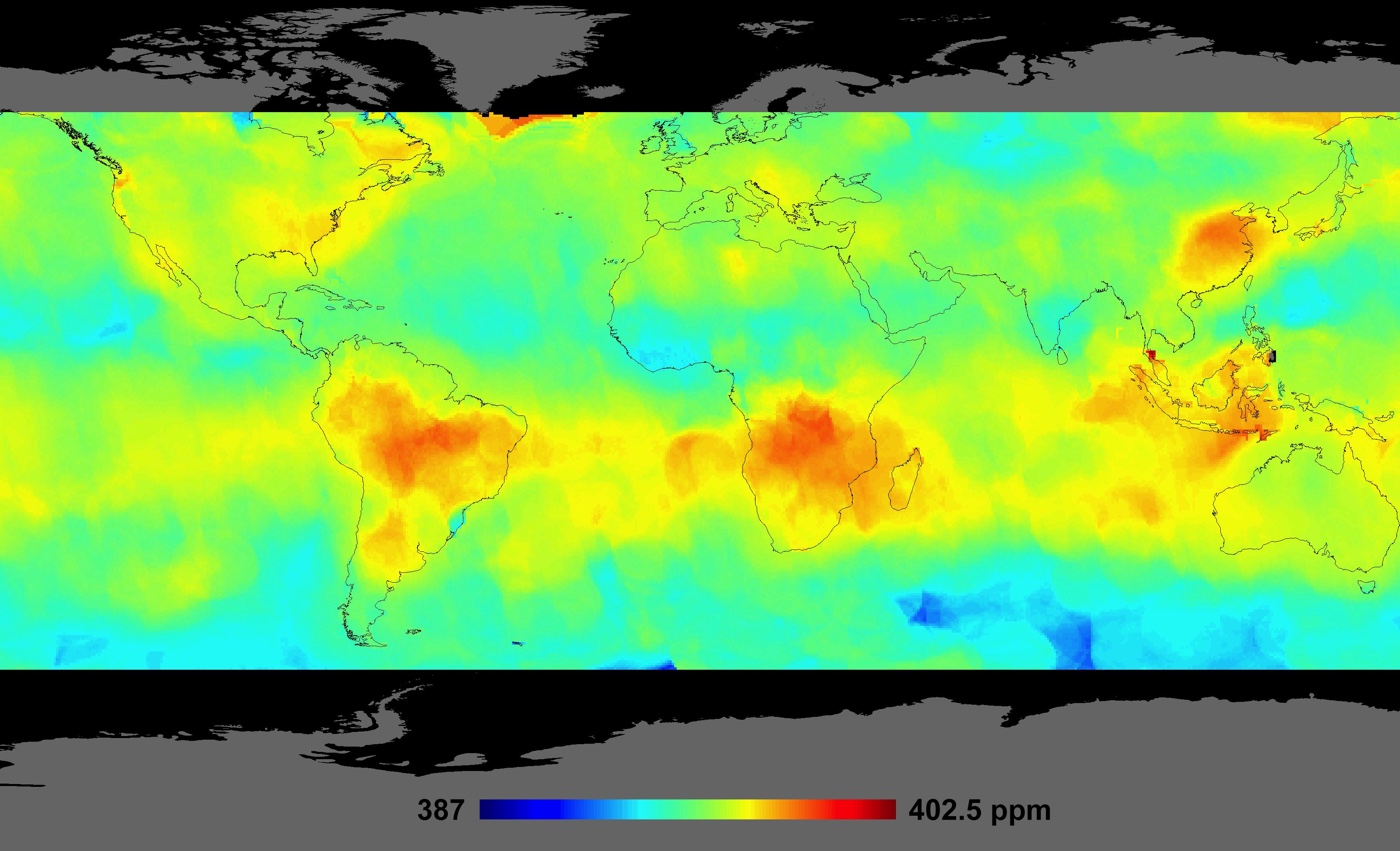
How NASA Satellite Will Watch Earth Breathe from Space
By Berrien Moore III, Sean Crowell published
Why use satellites to study Earth's climate? Researchers leading a new mission explain how images from space will help them analyze which parts of the Americas soak up the most carbon.
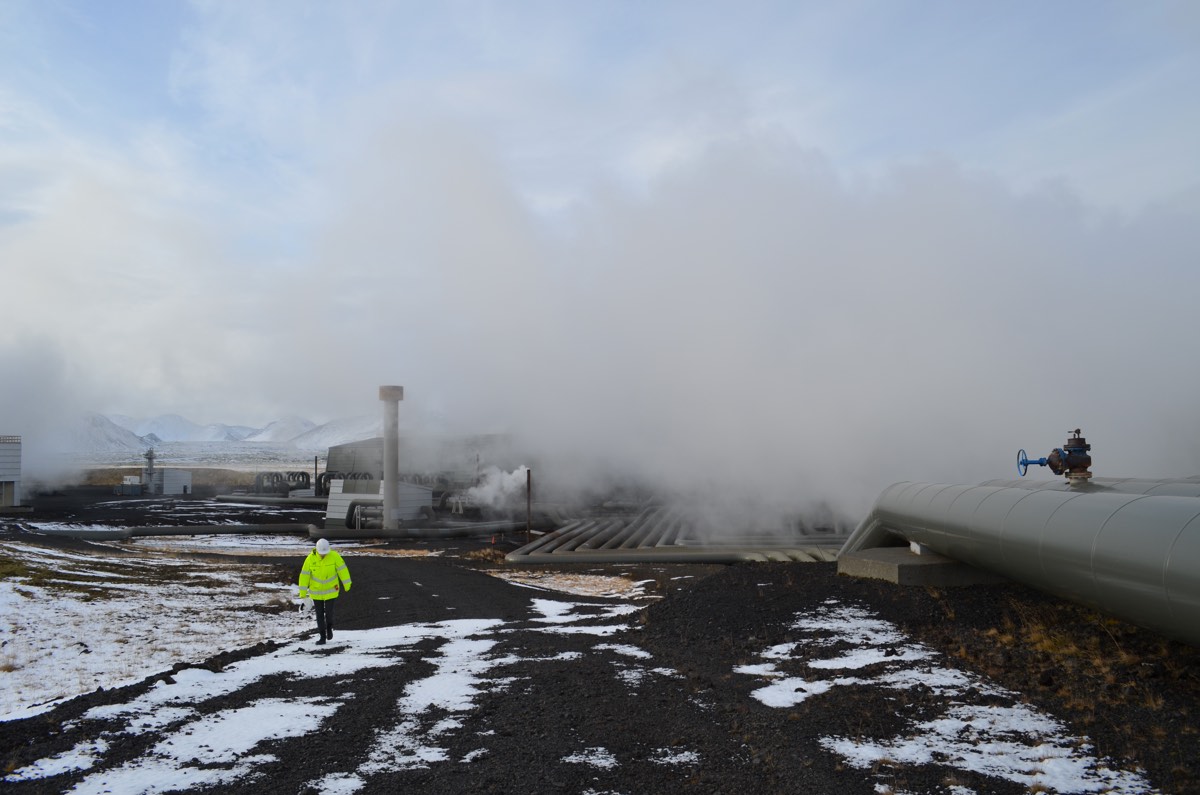
CO2 Gets Stoned: Method Turns Harmful Gas Into Solid
By Jesse Emspak published
Engineers have taken a tip from Medusa, it seems. They have stared down the pesky greenhouse gas carbon dioxide and turned it to stone.
Sign up for the Live Science daily newsletter now
Get the world’s most fascinating discoveries delivered straight to your inbox.
